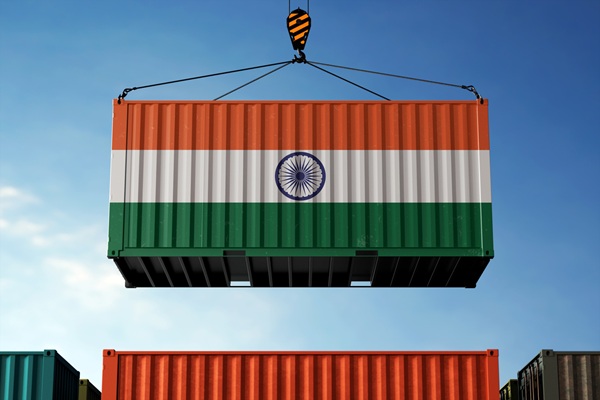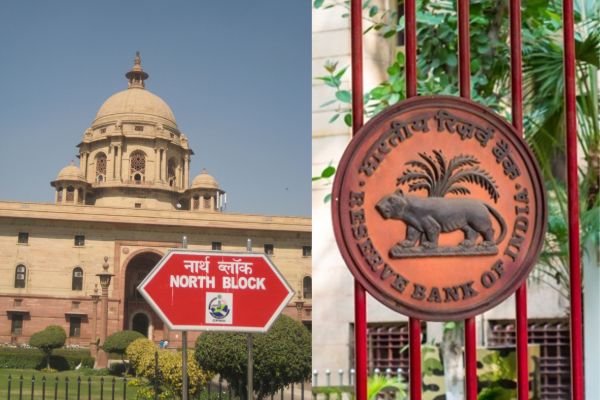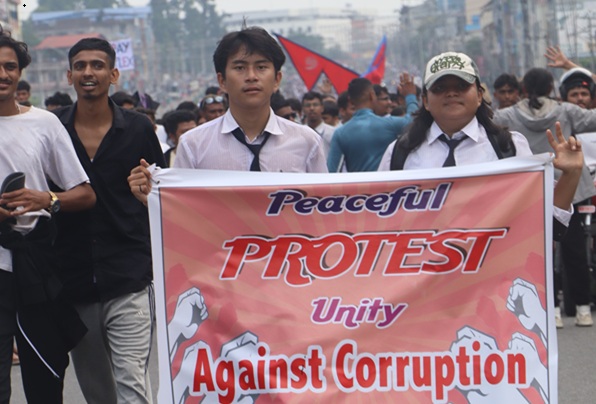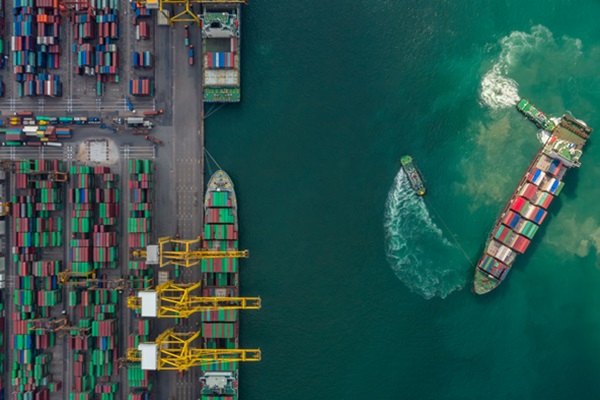.png)

By Ajay Srivastava
Ajay Srivastava, founder of Global Trade Research Initiative, is an ex-Indian Trade Service officer with expertise in WTO and FTA negotiations.
August 30, 2025 at 6:54 AM IST
The sudden escalation of US tariffs on Indian goods, from barely 3% a year ago to 50% today, has exposed a critical vulnerability in India’s export ecosystem.
Unlike Brazil, which responded within weeks with credit support, tax breaks, government procurement, and WTO action, India has yet to announce relief for its exporters.
Brazil, which faced the same 50% tariffs from August 1, 2025, responded quickly with a series of strong support actions. On August 12, President Lula launched the “Sovereign Brazil” plan, providing $5.6 billion in export credit through BNDES, along with tax deferrals and expanded Reintegra credits. By August 14, Brazil’s Agriculture Ministry announced government purchases of products such as açaí, coconut water, mangoes, and Brazil nuts to protect farmers. On August 27, Brazilian beef exports to Mexico overtook those to the US, showing rapid diversification, and by August 28, Brazil had invoked its Reciprocity Law to consider retaliatory tariffs while also filing a WTO complaint against Washington.
For India, GTRI proposes a 10-point action plan—not only to cushion the tariff shock but to rebuild India’s export competitiveness for a protectionist world.
1. Reinstate the Market Access Initiative
The Market Access Initiative, which helped exporters participate in overseas exhibitions, has not received any funds in 2024-25—the first such lapse in decades. As a result, exporters missed critical opportunities between April and August, and even if funds are released later, prime exhibition spaces booked 1–2 years in advance will no longer be available. With a modest budget of only ₹2.50 billion in past years, the scheme was already too small for an over $440 billion export economy. It must be revived with a scaled-up budget of ₹25 billion annually, with funds released at least a year in advance to allow Indian firms to secure high-visibility slots at global fairs.
2. Revive the Interest Equalisation Scheme
The suspension of the Interest Equalisation Scheme since April 2025 has left MSME exporters struggling with high financing costs compared to the 5–7% lower rates they previously enjoyed under the scheme. This has eroded competitiveness for labour-intensive sectors such as textiles, leather, handicrafts, and engineering goods. To restore their cost advantage and ensure predictability, IES must be reinstated to cover all exports and with an expanded annual budget of ₹150 billion and a five-year commitment.
3. Operationalise the Export Promotion Mission
The Export Promotion Mission, announced in Budget 2025–26 with ₹22.5 billion, has seen no action on the ground. Designed to expand export credit, promote cross-border factoring, and support MSMEs in overcoming non-tariff barriers, the initiative has so far remained on paper. The mission should be immediately operationalised with a significantly higher allocation of ₹100–150 billion to have a meaningful impact.
4. Launch Bharat Trade Net
Despite being announced as a transformative step, Bharat Trade Net—the proposed single digital window for all export documentation—remains stalled. Exporters still deal with 30+ separate documents across customs, DGFT, banks, and testing agencies, causing high transaction costs and delays. If launched as a fully integrated, exporter-centric portal, Bharat Trade Net could cut bureaucratic friction and enable 100,000 new small firms to start exporting each year.
5. Activate E-commerce Export Hubs
The policy to establish E-commerce Export Hubs, announced in February 2023, has not progressed, with no infrastructure or guidelines in place to allow shipments. Urgently operationalising hubs could unlock $10–15 billion in additional annual exports in just a few years.
6. Streamline Customs Functioning at Ports
Exporters continue to face serious inefficiencies at ports. If a consignment comes under the Risk Management System of Customs, process is delayed by seven days even for compliant consignments. Arbitrary inspections at ports without digital records add uncertainty and cost. Also Customs’ self-evaluated Time Release Studies cover only one week in January—an unrepresentative period when clearances are artificially sped up. Independent year-round monitoring could reduce logistics costs by 5–7% of export value.
7. Provide Certainty in RoDTEP Benefits
India’s flagship export rebate scheme, RoDTEP, is undermined by its short-term, quarter-to-quarter extensions. Exporters cannot factor these benefits into costing or contracts, defeating the purpose of neutralising hidden domestic taxes. RoDTEP should be notified for a minimum of five years with adequate budget allocation.
8. Simplify the Advance Authorisation Scheme
The Advance Authorisation Scheme, which allows duty-free import of inputs for exports, remains complex. A simpler, value-based entitlement system—similar to Bangladesh’s model—should be adopted, allowing exporters flexibility as long as value addition requirements are met. This would make fabric sourcing easier for garment exporters and enhance India’s apparel competitiveness.
9. Restructure Trade Missions Abroad
India’s overseas trade missions remain underfunded, with an establishment budget of just ₹2.50 billion, and are staffed mostly by generalist diplomats with limited trade expertise. In contrast, countries like the US and China deploy large cadres of professional trade officers to aggressively promote their industries abroad. India needs to revamp this system by deploying trade professionals with sectoral knowledge, raising the budget substantially. A stronger and professionalised network can generate buyer linkages, market intelligence, and support exporters in tackling non-tariff barriers.
10. Expand Export Promotion Funding
Export promotion funding has steadily declined, weakening support for small and mid-sized exporters. The earlier MEIS scheme had a ₹450 billion outlay benefitting 40,000 exporters, but it was abolished in 2020 and replaced by RoDTEP and RoSCTL with barely ₹200 billion. The bulk of funds were shifted to the PLI scheme, which has benefitted fewer than 100 firms, with limited disbursements. To restore balance, India must allocate higher amounts annually to broad-based export schemes, ensuring widespread support for MSMEs, while continuing PLI for large-scale sectors.
Diversifying Exports Not Easy
As India’s exports to the US fall, finding alternatives will take time. Labour-intensive products like garments, shoes, and bags depend on large global retailers that demand years of proven compliance, quality, and reliability before shifting orders.
Many emerging markets lack the scale or organized retail systems needed to absorb large volumes—Latin America and Africa, with their fragmented small-shop markets, are examples. On top of this, global trade is slowing, the EU’s tough environmental laws from January 2026 will raise barriers, and China undercuts competition by offering 30% discounts on many products and long credit periods in many markets. Unlike commodities, these exports rely on trust and relationships, making quick diversification difficult.
Diversifying exports to new markets will not happen overnight—Yet, by cutting costs by 5–10% through revived schemes, streamlined procedures, and expanded funding, India can buy time and space for exporters to gradually expand beyond the US market.
The reforms proposed here are not stopgap fixes but strategic investments in India’s export future. If implemented with urgency, they can restore confidence, safeguard jobs, and make Indian products globally competitive, even in the face of mounting tariff wars.




